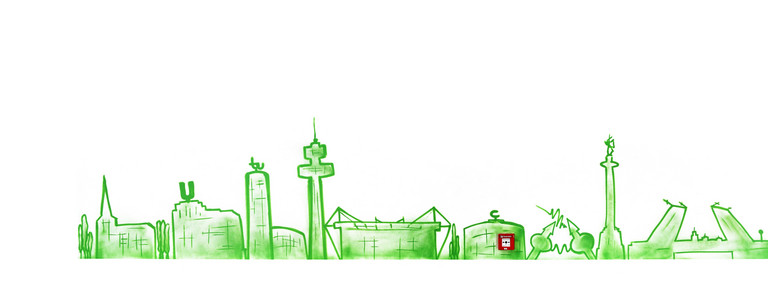Project A8
Interacting Rydberg Excitons in Modulated Potential Landscapes
Rydberg excitons with wavefunction extensions up into the μm-range are attractive for studying confinement and interaction effects on much larger length scales than ground state excitons, which typically can be confined in nanostructures only. Recent studies of Rydberg excitons in cuprous oxide have demonstrated that an accurate description of these effects requires the inclusion of band structure details and, in particular, exciton orbital and spin angular momenta. With our current understanding obtained on bulk crystals, we will attempt to tailor the interactions by exciting excitons in designed potential landscapes which can be created, for example, by varying the size and geometry of the sample, by applying strain to crystal slabs through shaped pistons, or by optical lattices formed by counter-propagating laser beams. With these tools, potentials with extensions comparable to the Rydberg exciton size can be achieved. Besides cuprous oxide, we will study wide (bulk-like) GaAs quantum wells for comparison, providing different optical selection rules.
Research Staff
| Researcher | Affiliation | Position |
|---|---|---|
| Prof. Dr. Manfred Bayer | TU Dortmund | Principal Investigator |
| Jun.-Prof. Dr. Marc Aßmann | TU Dortmund | Principal Investigator |
| Dr. Marina A. Semina | Ioffe Institute | Principal Investigator |
| Prof. Dr. Mikhail M. Glazov | Ioffe Institute | Principal Investigator |
| Prof. Dr. Ivan V. Ignatiev | St. Petersburg State University | Principal Investigator |
| Dr. Philipp S. Grigoryev | St. Petersburg State University | Associated Scientist |
| Dr. Gleb G. Kozlov | St. Petersburg State University | Associated Scientist |
| Dr. Artur V. Trifonov | St. Petersburg State University | Associated Scientist |


